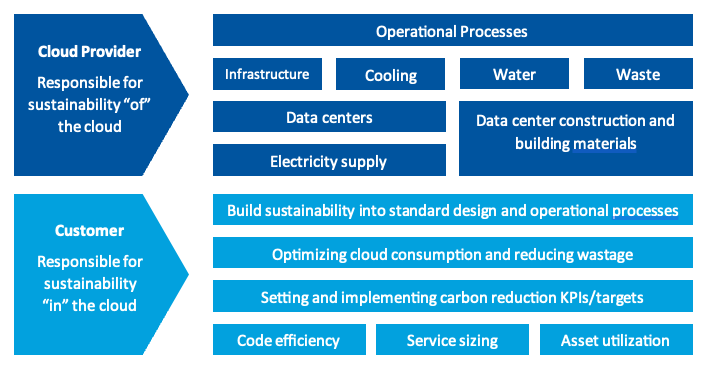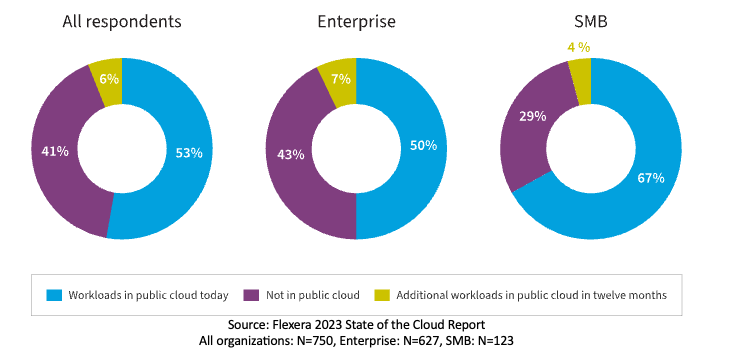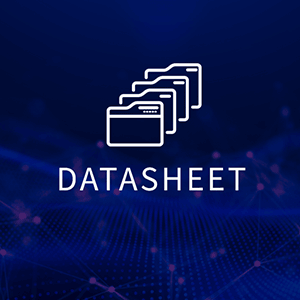Over the past few years, enterprises have focused on the wholesale moving of as many applications as needed into the cloud. During this phase, a key benefit for organizations has been avoiding the capital expenditure for replacing vast amounts of end-of-life hardware within their captive data centers.
We’ve now reached the tipping point and, as public cloud adoption continues, it brings opportunities to drive sustainability.
More organizations have started looking to modernize their application estates following a wholesale migration, and this provides an ideal opportunity to identify ways and means of reducing CO2e emissions. It also provides the right focus on updating approaches, architectural patterns and processes to drive these GreenOps ideas forward.
In this blog series, we’ll look at aspects that can drive organizations to deliver results through lower CO2e emissions. The cloud sustainability shared responsibility model below provides the starting point for aspects we’ll cover.

The cloud sustainability shared responsibility model (contributed by Mark Butcher)
Source: Cloud FinOps—Collaborative, Real-Time Cloud Value Decision Making – O’Reilly, Second Edition
Migrating to the cloud offers immediate sustainability benefits by:
- Avoiding the need to expend more embodied emissions in new technology assets and/or physical data centers.
- Leveraging the industrial-scale efficiencies from the vast physical infrastructure built by cloud service providers.
Migration to the cloud also limits your organization’s knowledge of what the emissions contain. Hence, at the present time, you’re restricted to reporting on emissions solely from your cloud usage (because the embodied emissions from technology and physical infrastructure is owned and managed by the cloud service provider).
Sustainability in the cloud is a critical component of a sustainable cloud strategy. It should be adopted across your organization to drive synergies in the cloud journey to eliminate or reduce CO2e emissions from your cloud usage. Most significantly, organizational initiatives, projects and measurements should drive the carbon elimination agenda—avoiding CO2e entering the atmosphere—across your organization’s value chain.
Build sustainability into standard design and operational processes
Incorporating CO2e as a nonfunctional requirement (NFR) throughout your IT organization makes sustainability a key consideration across IT. Embedding these NFRs into standard designs and operational processes provides the quickest means to ensuring opportunities for carbon elimination and/or carbon reduction are identified across the IT organization through the regular course of business.
- Standard designs and design patterns
- Include considerations of low CO2 regions while making cloud service placement decisions
Consider the below table that illustrates the considerations that should go into making decisions about the regions to select while commissioning cloud services.

From the above table the state of Oregon is clearly a very desirable destination for commissioning cloud services.

From the above table, for the three states, the official carbon intensity scores show that using electricity in Oregon generates the lowest MTCO2e per megawatt. Considering the carbon intensity of geographic regions to create a preferred order of regions within standard designs would start providing your organization the ability to lower your carbon emissions from new applications (built with new cloud services). While creating the preferred order of regions, specific content from the cloud service providers needs to be taken into consideration. For example, AWS has agreed power purchase agreements for wind power in some states which needs to be taken into consideration.
Using the same preferred order of regions to look at opportunities to revisit cloud service placement decisions from the past provides an option to reduce your organization’s carbon emissions from ongoing usage.
Assess opportunities for demand shaping and building carbon-aware applications
Carbon-aware applications do more when the electricity is cleaner and do less when the electricity is dirtier. There are many countries that publish green electricity information and forecasts on the points of time during the day that carbon intensity within that country or geographic area is likely to be low. Leveraging data points like this while planning the load on these applications could identify opportunities to reduce carbon emissions.
Demand shaping is the strategy of moving workloads to regions or times when the carbon intensity is less. Cloud technology allows your organization to spin up resources in regions around the world to leverage its computing power. Joining up green electricity information from multiple countries (and perhaps continents) would allow your applications to leverage electricity from the lowest carbon intensity source at that point of time.
 Operational processes
Operational processes
Smart Scheduling
Smart scheduling would ensure that infrastructure is switched on only when needed. This provides a means to optimize infrastructure at times when it’s not required. Many organizations are looking at smart scheduling for their development, test, quality assurance and training environments to benefit from quick results.
Regularly assess your IT landscape
There are many reasons why unused infrastructure might persist within an organization’s IT landscape. These are often seen as security threats and cost issues. However, just having unnecessary infrastructure commissioned in the cloud continues to create carbon emissions. Having modern tools to periodically assess applications within your IT landscape and ensure that infrastructure that supports unused, irrelevant or phased out applications are terminated will provide tangible results.
Measurement, recording and reporting
Identifying points in your technology value chain and measuring the carbon emissions caused from various tasks will help your organization tie the CO2e to various stages in your organization’s value chain. The measurement and visibility that come with this information within operational processes will drive data-driven decisions for reducing CO2e emissions.
Cloud Management
Take control of cloud use with out-of-the-box and customized policies to automate cost governance, operations, security and compliance.
Conclusion
All these measures will ensure that carbon emissions are introduced into your processes as nonfunctional requirements, to drive forward a rigorous review of carbon emissions across the value chain alongside accessibility, security, performance, cost and availability.
To learn more about Flexera One FinOps, click here.
References
- Flexera 2023 State of the Cloud Report
- Linux Foundation: Green Software for Practitioners (LFC131)
- FinOps Book: Cloud FinOps – Collaborative, Real-Time Cloud Value Decision Making – O’Reilly, Second Edition
- Publicly accessible information from AWS, Azure and GCP
- Publicly accessible eGRID Summary Tables 2021, United States Environmental Protection Agency








